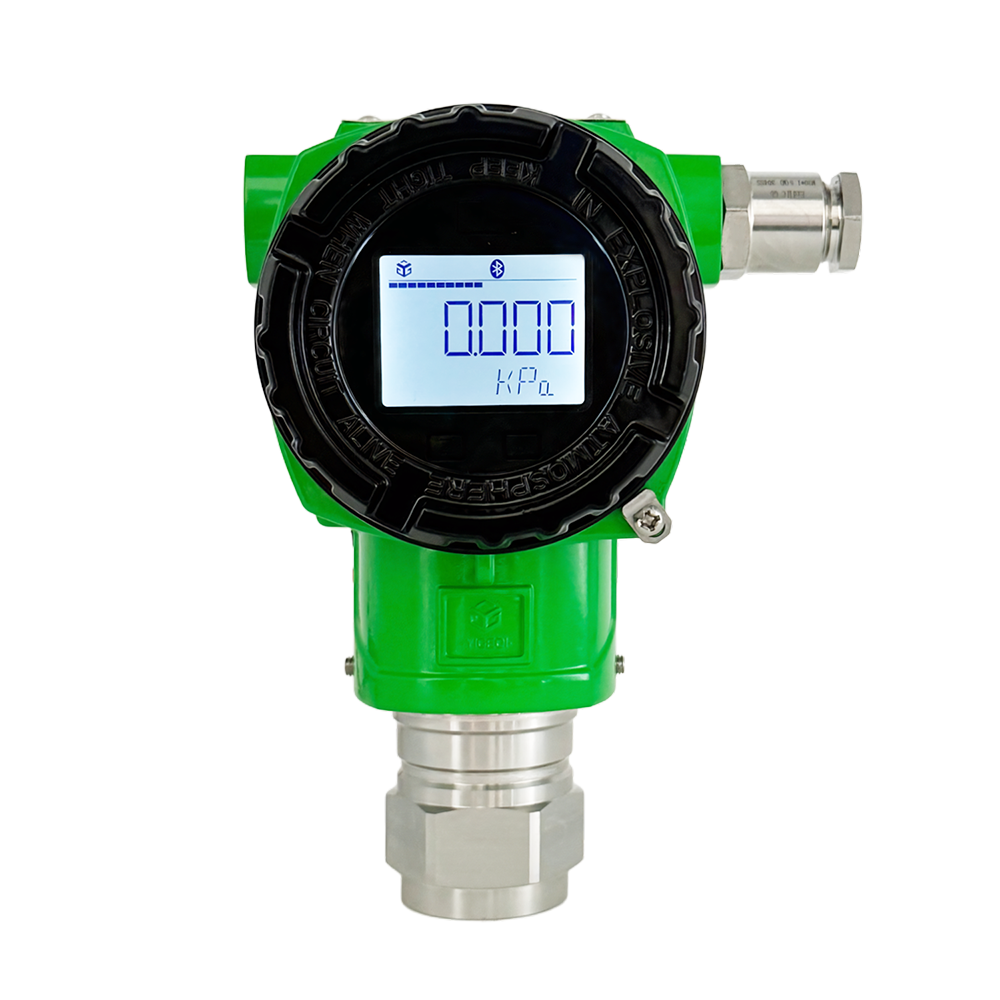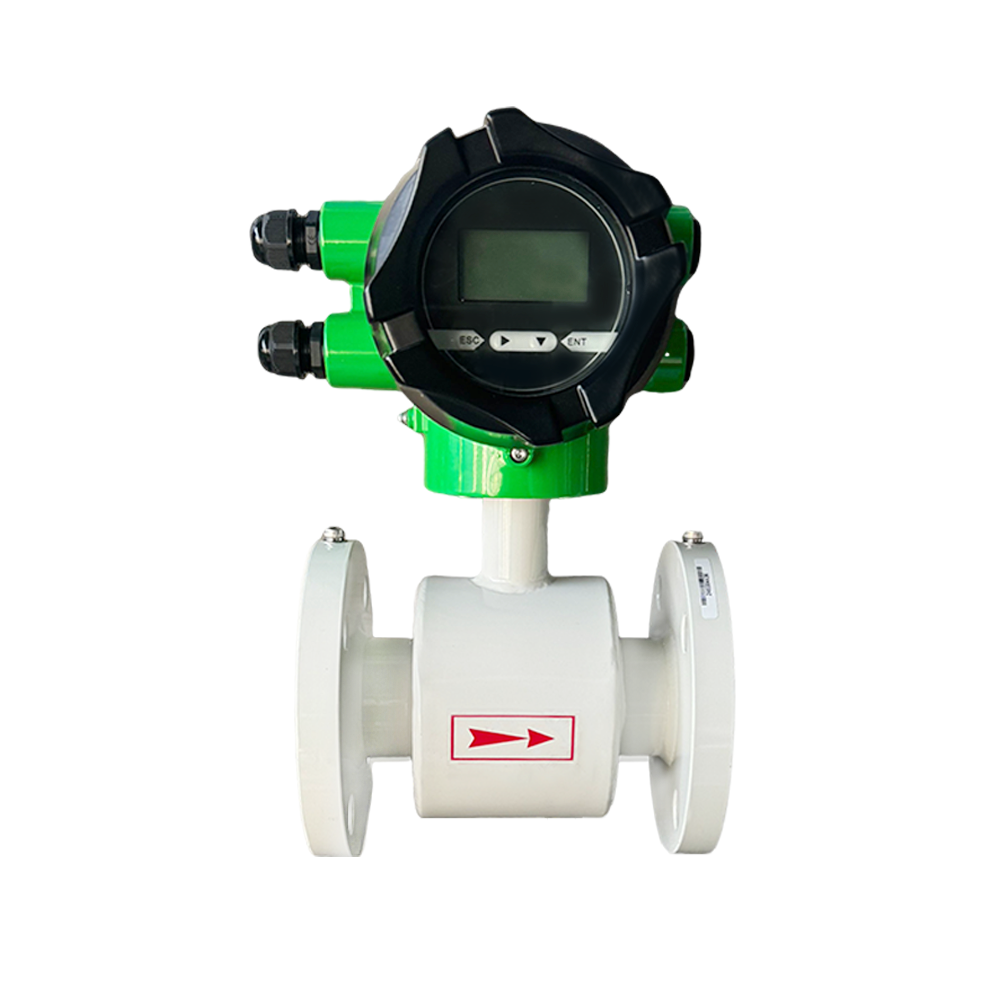Recently, under the impetus of China's "dual carbon" goals and ultra-low emission upgrades in the steel industry, a major Shandong-based steel enterprise has implemented Yigeqi's high-precision pressure transmitters and electromagnetic flow meters in the ammonia water delivery system of its sintering flue gas denitrification facility. This innovation enables reliable measurement and control of highly corrosive and fluctuating media, significantly enhancing denitrification efficiency and system stability. The technological breakthrough provides crucial support for the industry's green transformation efforts.


Ammonia water, as the key reducing agent in denitrification reactions, directly impacts nitrogen oxide removal efficiency and ammonia slip rate through its delivery stability and precision. However, due to its strong corrosiveness and significant flow fluctuations during operation, traditional instruments struggle to meet both corrosion resistance and precise measurement requirements. Moreover, abnormal pipeline pressure may cause pump malfunctions or blockages, disrupting the denitrification process and affecting the continuous operation of ultra-low emission systems.
To address these challenges, the steel plant implemented an integrated solution combining electromagnetic flowmeters with pressure transmitters in its ammonia water pipelines. Featuring corrosion-resistant linings and electrode materials specifically engineered for ammonia environments, the electromagnetic flowmeter delivers precise instantaneous and cumulative flow measurements with ±0.5% accuracy. Its millisecond-level response to flow variations ensures effective support for automated adjustments within the Distributed Control System (DCS).
The pressure transmitter, equipped with a highly stable sensor and robust sealing structure, continuously monitors pipeline pressure fluctuations. When detecting pressure readings below or above preset thresholds, it immediately triggers an alarm to alert maintenance personnel to promptly investigate potential pump failures, leaks, or blockages. This proactive mechanism prevents unplanned shutdowns at the source, ensuring continuous and efficient operation of the denitrification reaction process.
Through the coordinated use of high-precision pressure transmitters and electromagnetic flow meters, the company has achieved precise closed-loop control of ammonia water flow. This innovation not only effectively reduces ammonia consumption and minimizes ammonia leakage, but also significantly enhances the automation level and operational reliability of the entire denitrification system. While maintaining continuous and stable ultra-low emissions of sulfur dioxide and nitrogen oxides, it has also delivered notable economic and social benefits.


